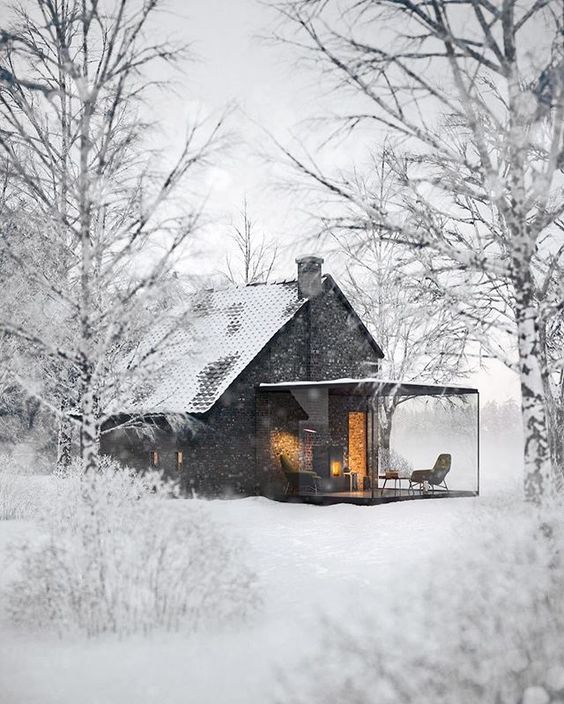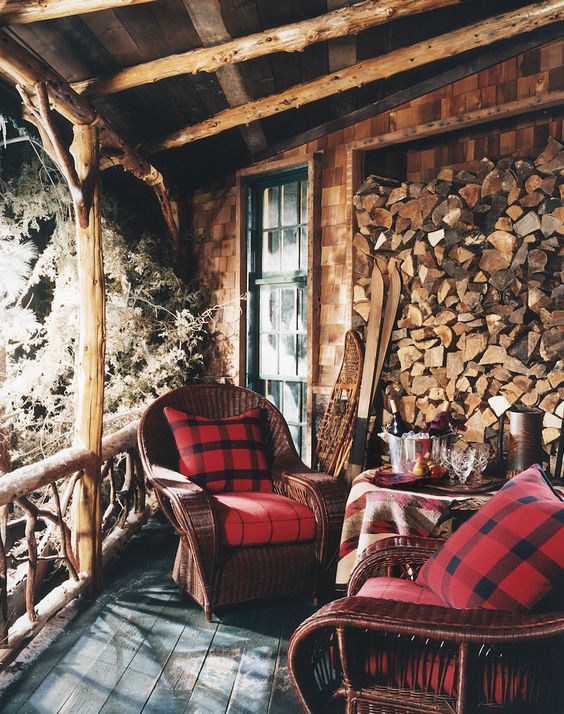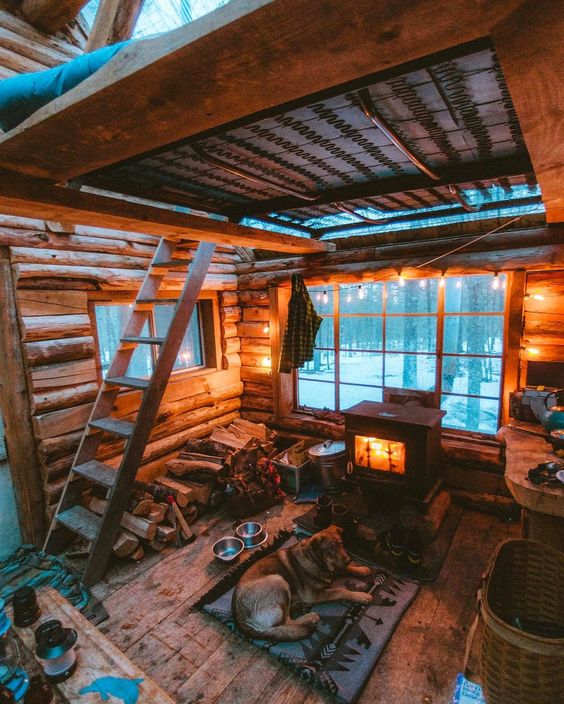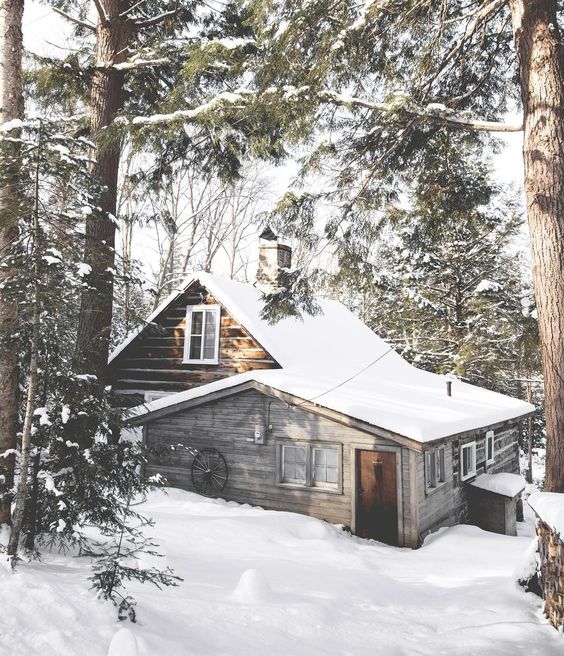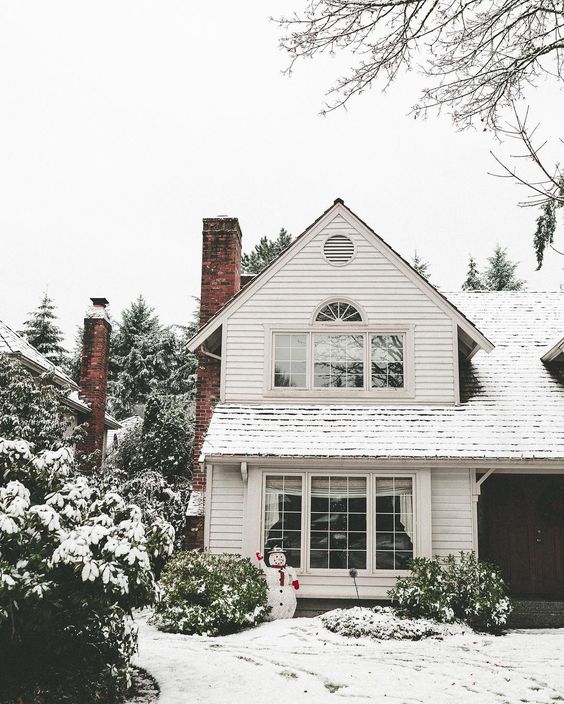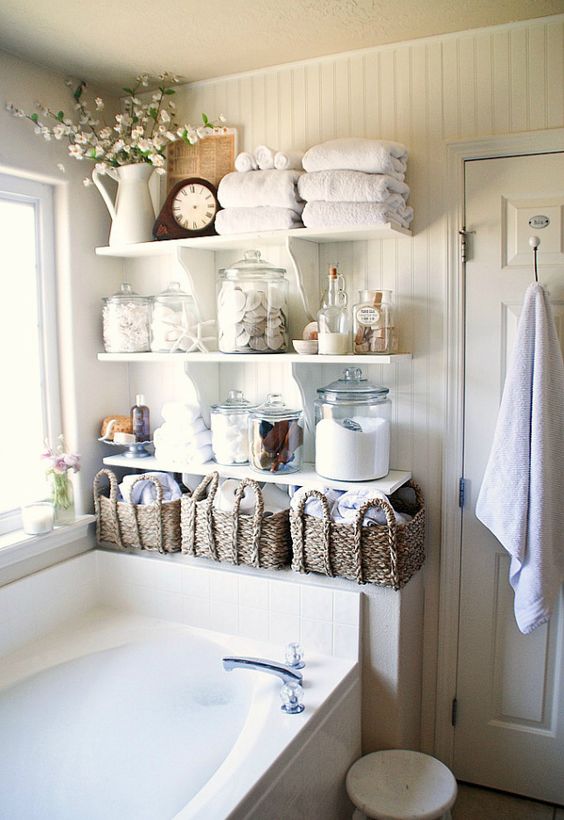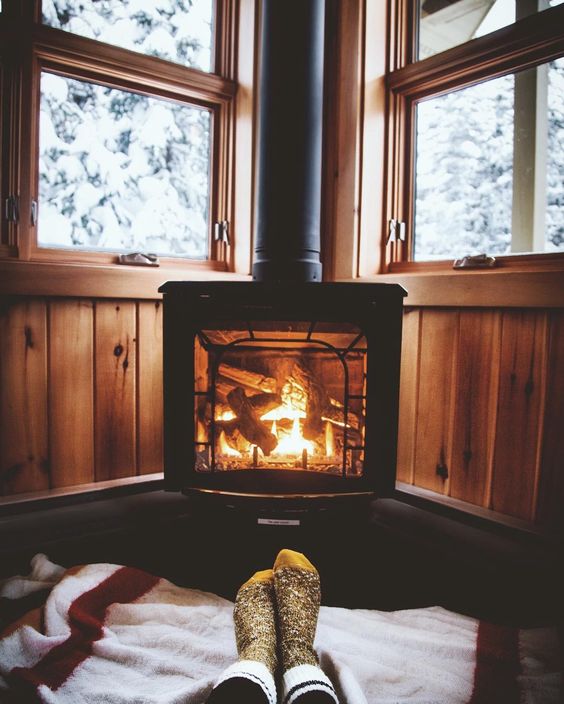Winter Is Coming: Home Improvement and Decorating Tips
Winter is here. If you haven’t prepared your home for cold weather, now is the time. To help you keep your family safe and avoid soaring heating bills, we’ve compiled a checklist that will enable you make a smooth transition to the cold months a lot easier.
Even though some of the winterizing tips are better employed during fall, or on the onset of winter, it’s still not too late to winterize your home since snowing is still mild, temperatures are still bearable, and you’re not knee deep in snow and ice.
Run through some of fixes to make your house cozier and your heating more affordable this time of year.
- Invest in weatherstripping
Weather stripping is an effective way of sealing warm air in and cold air out of your home. Essentially, weather stripping entails checking on your home’s exterior for cold air leaks. By employing laser infrared thermal gun, you can accurately detect all the cold drafts in your home. Alternatively, you can use the traditional candle methods around your window/door frame; the flame will blow towards you where there’s a draft.
To seal the draft, install foam or felt weather stripping from the inside.
- Evaluate your roof
During winter, heat escaping from the melt and refreeze ice and snow on your roof, leading to ice dams. Ice dams can block off drains, and let water to continually build upon your roof-and possibly beneath, compromising your roof structure.
To prevent the formation of ice dams, ensure that you properly insulate and ventilate your attic to prevent heat transfer from your living area to the roof.
- Clean your gutters
The main role of gutters is to drain water away from your roof and house. If the gutters are clogged, especially in the cold winter months, they’re more apt to freeze, resulting in additional blockages. Blocked gutters can result in seeping of melting ice and water into your roof, or even flood your home’s foundation.Therefore, ensure that get all the leaves, twigs, and caked-on dirt from the gutters. You can also install snow guards on the gutters to prevent snow piling and ice sliding on the gutters.
- Insulate your pipes and water heater
According to Department of Energy (DOE), insulating your hot water pipes can raise your household temperatures by 2 to 4 degrees. Additionally, DOE further states that insulating your water heater trims 4 to 9% off your water heating costs.
- Seal furnace ducts
According to Energy Star, typical heating ducts waste approximately 20-30% of the heat they carry through leaks and poor conduction.
You can avoid the higher utility bills and keep your house warm by sealing the ducts. While it may not be possible to seal all the ducts-some are hidden in the wall, you can improve the performance by sealing all the exposed ducts. Additionally, target the ducts which are located where the ducts meet floors, ceilings, and walls.
- Replace furnace filters
Are your furnace filters dirty? Is your utility bill soaring high? Well, it then makes more sense that you need a furnace replacement. See, clogged and dirty furnaces not only reduce the efficiency of the furnace and push the utility bills, but they also shorten the life of your furnace.
Energy experts recommend replacing of the furnace filter after every month during winter or every three months if the system is operational.
- Set ceiling fan blades for winter
During winter, set your fan blade to rotate in a clockwise manner. With the fan spinning clockwise, it creates an updraft that will lift the cold air towards the ceiling, and push the warm/heated air down where you can enjoy it.
8. Change the textiles
When winter is coming it is time to change textiles at home. To protect yourself from drafts pick curtains for living room windows made of heavy fabrics – velvet, wool, chenille, etc. Throw some plaids and warm cushions on the sofas and chairs for a comfy nook to make winter movie nights even more pleasurable.
9. Add winter scent
Each season is associated with its own smell – lilac for spring, garden flowers in summer, new harvest of fruits and berries in autumn. For winter it is usually the scent of citrus and beetle. You can make your own home fragrance simply by drying pieces of oranges and mandarins and then putting them in the bowl together with some spices – for example, cinnamon and clove.
While the thought of making all the above home improvement can make you groan, it will surely help you overcome all the trials and tribulations of the chilly and numbing season.

